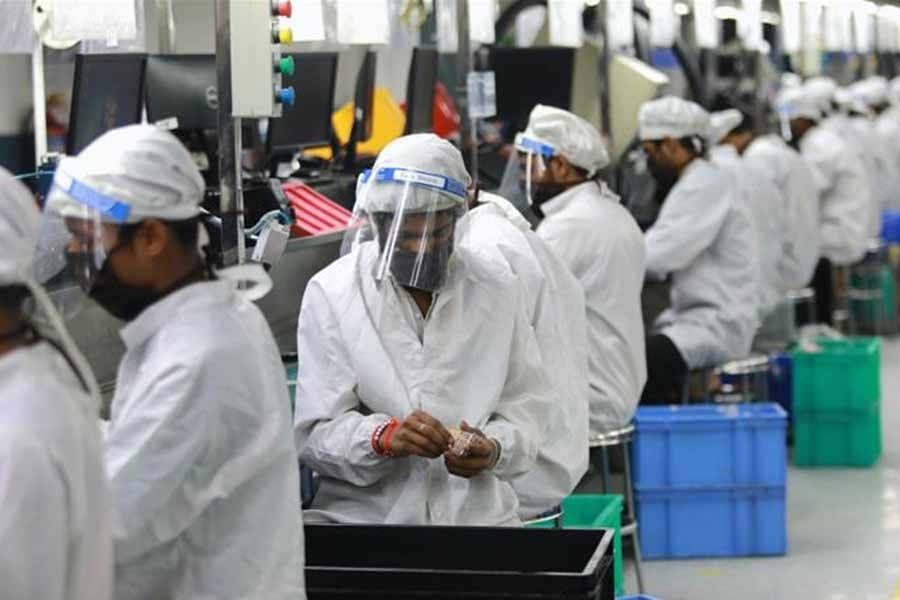
Published :
Updated :

In October last year, the Ministry of Labour and Employment with the help of the International labour organization (ILO) adopted a National Action Plan (NAP) on occupational safety and health (OSH) to ensure a safe, conducive and productive environment for both employers and workers. Nearly one year after, the same ministry formed a representative committee to oversee the progress in the NAP's execution. Since the Plan is a time-bound one, the delay in constituting a committee highlights the lack of seriousness on the part of the relevant authorities. The foot-dragging might also trigger scepticism among many about implementing the plan itself.
The occupational safety of workers at their workplace is a very important issue in Bangladesh. Industrial accidents, including the ones that had claimed the lives of several thousand workers, are common happenings. The collapse of Rana Plaza, and devastating fires in several garment and chemical factories, had made global media headlines and raised deep concern about the safety and security of workers. The incidents followed a flurry of activities involving local and international platforms to ensure workplace safety, primarily in export-oriented garment factories. Undoubtedly, the occupational safety situation in RMG factories is now better than before. Such a change has taken place because the western buyers desired so.
Besides, the government amended the Labour Act in 2013, adding a few provisions designed to ensure workplace safety and the physical well-being of workers. The Labor Act now requires the creation of safety committees in each of the factories having 50 or more workers, the establishment of health centres at the premises of factories employing 5000 or more workers and the appointment of safety officers in workplaces with 500 or more workers. The labour inspectorate also has got added responsibilities to pay visits to the factories and ensure compliance with laws and rules. Over nine years have gone by since the addition of the provisions designed to ensure the occupational safety and physical well-being of workers, but nobody knows for sure the actual situation on the ground.
But the latest fire incident at a private container terminal in Chottogram has made it amply clear that the situation has remained largely unchanged. Workplace safety is the least discussed issue in sectors and sub-sectors other than RMG. Take the case of the ship-breaking industry in Chottogram. Hundreds of workers are engaged there, but they are vulnerable to accidents. These workers very often dismantle ships that carried hazardous chemicals with no protective gear. Accidental deaths are common happenings at the ship-breaking yards. Besides, thousands of workers have been doing their daily work under inhuman conditions for a paltry wage in small factories across the country. The officials from the Department of Inspection for Factories and Establishments hardly visit these factory sites. The DIFE is more concerned about the welfare of the workers employed in big manufacturing units. The Directorate also has limitations in terms of workforce and logistics. So, making action plans and bringing necessary amendments to the relevant act/s will not help much in achieving the goals of occupational safety and the physical well-being of workers. Enforcement of the same at the right time across the board will be necessary.


 For all latest news, follow The Financial Express Google News channel.
For all latest news, follow The Financial Express Google News channel.